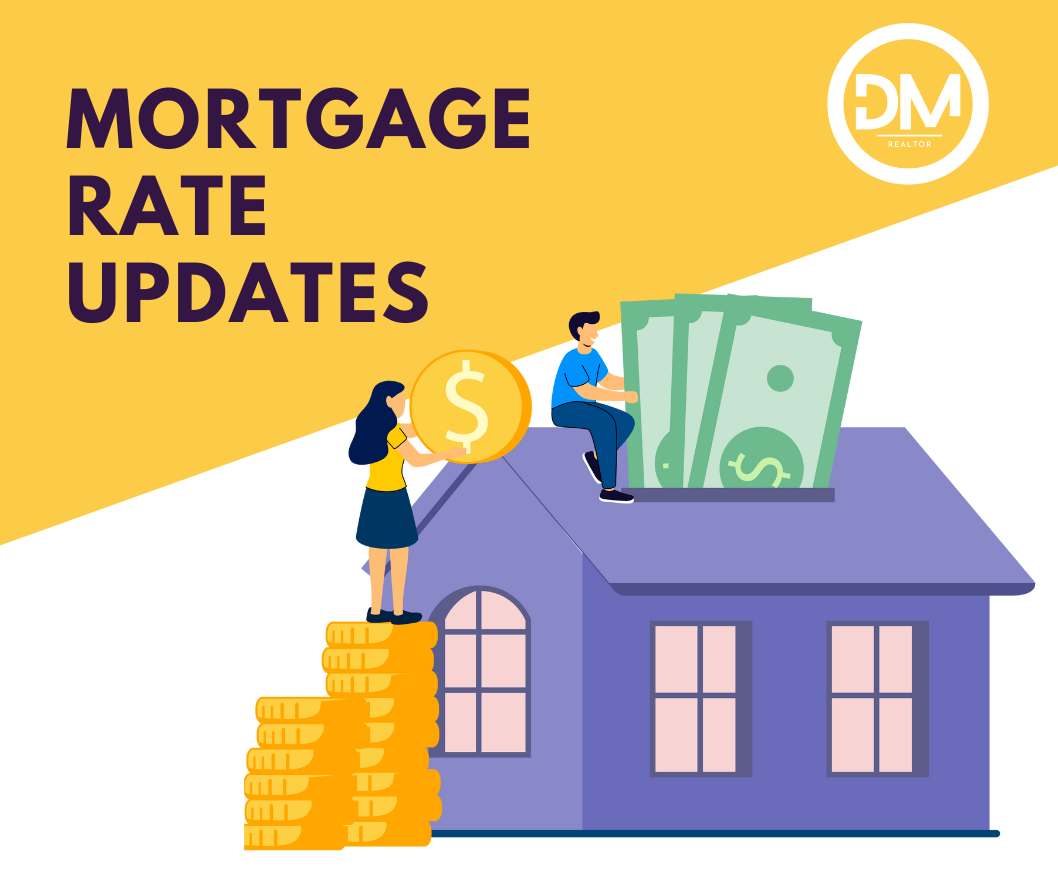Selling your home can be a challenging yet rewarding endeavor. Whether you’re moving to a new city, upgrading to a larger space, or downsizing, the process requires careful planning and execution. In this comprehensive guide, we’ll explore key steps and strategies to help you navigate the intricate world of real estate and maximize the value of your home.
- Prepare Your Home for Sale:
Before listing your property, invest time and effort in enhancing its appeal. Consider these steps:
a. Declutter and Depersonalize: Remove personal items and excess clutter to create a neutral canvas. This allows potential buyers to envision the space as their own.
b. Home Repairs and Upgrades: Address any necessary repairs and consider making cost-effective upgrades. Fresh paint, updated fixtures, and a well-maintained exterior can significantly increase the perceived value.
c. Curb Appeal: First impressions matter. Enhance your home’s curb appeal by maintaining the landscaping, cleaning the exterior, and making the entrance welcoming.
- Set the Right Price:
a. Market Research: Research the local real estate market to understand the value of similar properties in your neighborhood. Consider recent sales, current listings, and market trends.
b. Consult a Real Estate Professional: Engage with a real estate agent who has experience in your area. They can provide a comparative market analysis (CMA) to help you determine the optimal listing price.
c. Price Competitively: While it’s natural to want to get the highest possible price, it’s crucial to be realistic. A well-priced home is more likely to attract potential buyers and sell faster.
- Create an Appealing Listing:
a. Professional Photography: High-quality photos are essential for online listings. Consider hiring a professional photographer to showcase your home in the best light.
b. Compelling Property Description: Write a captivating property description that highlights the key features and benefits of your home. Be honest and transparent to build trust with potential buyers.
c. Utilize Online Platforms: Leverage online platforms and social media to broaden your property’s reach. Many homebuyers start their search online, so a strong online presence is crucial.
- Showings and Open Houses:
a. Flexible Scheduling: Make your home easily accessible for showings. Flexibility in scheduling can accommodate potential buyers’ timelines and increase the likelihood of a successful sale.
b. Staging: Consider professional staging to showcase your home in its best light. Staged homes often sell faster and at higher prices.
- Negotiation and Closing:
a. Respond to Offers Promptly: Act promptly when receiving offers. A delayed response can lead to missed opportunities or frustrated buyers.
b. Negotiate Strategically: Negotiation is a critical part of the selling process. Be open to compromise while ensuring your financial and contractual interests are protected.
Selling your home is a multifaceted process that requires careful planning, attention to detail, and strategic decision-making. By preparing your home effectively, setting the right price, creating a compelling listing, facilitating showings, and navigating negotiations, you can increase your chances of a successful sale. Remember, the key is to approach the process with patience and flexibility, ultimately leading to a seamless transition to your next chapter.

 Facebook
Facebook
 X
X
 Pinterest
Pinterest
 Copy Link
Copy Link









